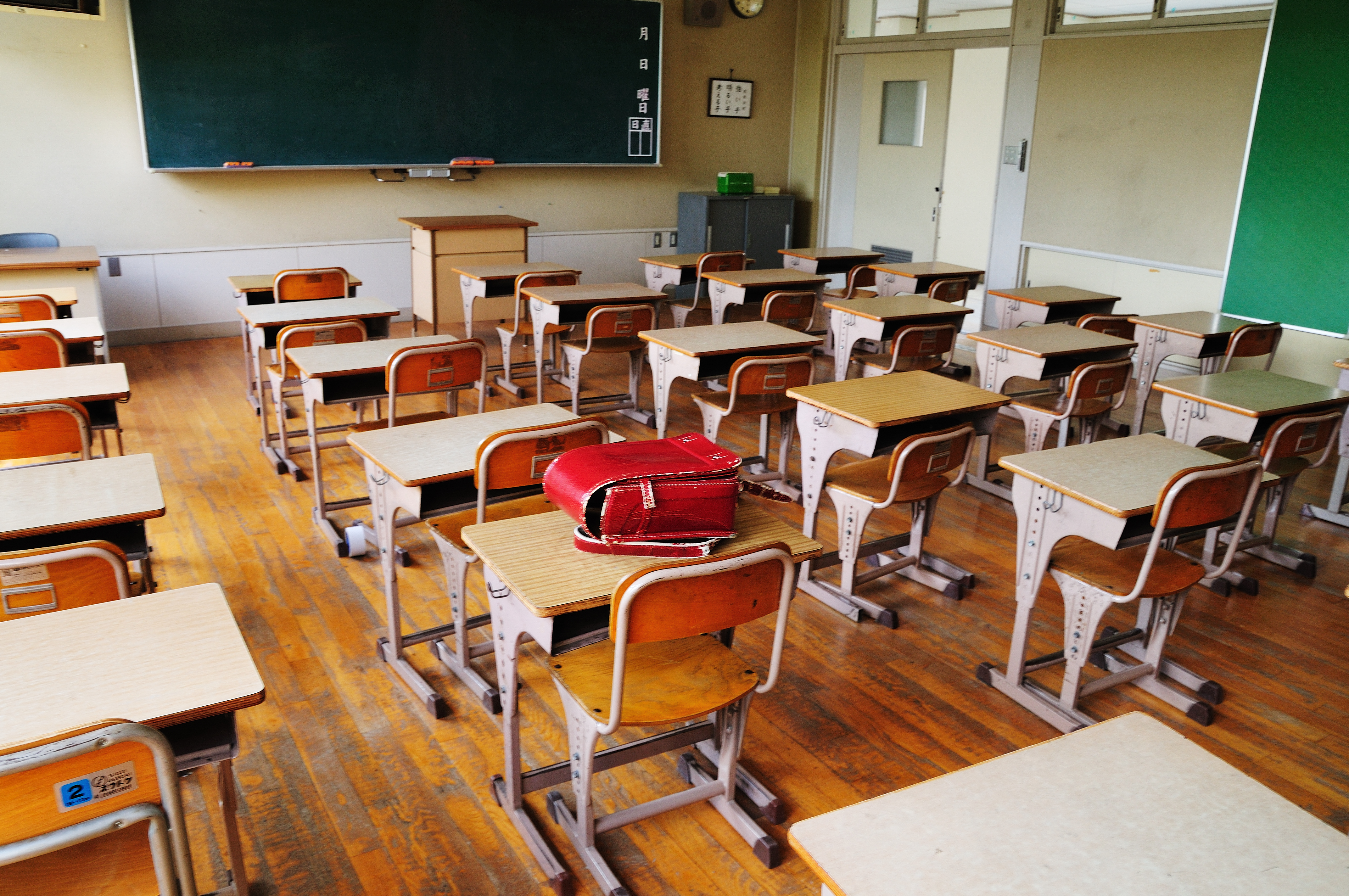The early part of nineteenth century witnessed movement against the colonial and conservative education started in U.S.A during this movement the view gained ground that the secondary schools of U.S.A., should not be conservative and should impart education different from the useless, unnecessary and expensive education of Latin Grammar Schools.
Hence it was thought that an integrated form of curricula prevalent in Academies should be introduced in these schools. So Public schools were established in New York in 1824 and in Boston in 1826.
The Boston school was meant for women. The purpose of these schools was to impart college education at a certain minimum level and to provide useful education in conformity with the needs of the people. Thus, secondary schools started with the above aim in view, trained the minds of boys and girls.
ADVERTISEMENTS:
In the latter part of the nineteenth century, the need of organising education at graduation level was stressed. Hence courses were started for awarding degrees through higher and college level education.
The secondary schools thus aimed at providing educational background to students for further education of graduation level. Upto this level these schools were run by public contributors and were incapable of introducing curriculum of their own choice. Consequently, these schools could not gain further importance.
In 1827 in Massachusetts State of U.S.A. an Act was passed to the effect that education should be universal and it should be available to all in every city with a population of over 500 families. Consequently, a state-wide revolution took place for making secondary education free and universal. This revolution effected various improvements in the existing conditions of schools.
ADVERTISEMENTS:
In Michigan, the Kalamazoo case gave support to the cause of making secondary education free and spending government funds on it. It was decided in Kalamazoo that a tax should be imposed on the public for making secondary education free in school districts. The public opposed this decision and the case was referred to the Supreme Court.
The Supreme Court upheld the decision stating that the local bodies and school districts could impose tax on the public for the progress of education beyond primary stage, if majority favoured the decision.
Thus local bodies and school districts got the legal right of imposing tax on the public for the progress of secondary education and for making it free.
In the last decade of the nineteenth century, the newly developed schools followed the integrated form of curriculum and pattern of education prevailing in Latin Grammar Schools and Academies.
ADVERTISEMENTS:
The concept of social, religious, moral and intellectual development was taken from the Latin Grammar Schools and the educational programmes based on vocationalization and universalization of education were borrowed from the Academies.
Yet some people persisted in their individualistic outlook, and wanted that these schools should cater to the needs of some special section of society as well. The Committee of Ten formed in 1982 presented a report in this connection which read “A part of total number of children, whose guardians are capable of keeping them in schools and are desirous of higher education, should be provided all educational facilities upto the age of 18 years”.
This report greatly influenced the educational system. In some schools education was made compulsory upto the age of 18 years. But generally in all the states, education was made compulsory upto the age of 16 without much opposition.
With the beginning of the twentieth century, a change in social, political and individual conditions took place in U.S.A. as a result of new awakening. Industrial revolution promoted national prosperity. A need of skilled labour to work on machines was felt and the problem of unemployment of unskilled persons came to the forefront.
The economic standard of people improved and they began to view secondary education from the point of view of economic grains. With the development of spirit of freedom, the need for able citizens having faith in democracy began to be felt for the service of the country.
Hence schools began to be regarded as institutions for preparing capable and freedom loving citizens; their role of developing mental abilities and providing background for higher education was given up.
Now it began to be realized that the aims of secondary schools should be education in citizenship, vocational training, and control of fundamental processes, training in worthy home-membership, development of ethical character, healthy development and training in proper use of leisure time.
Consequently, motivated by economic gains, people were attracted towards vocational training. The importance of schools providing professional training enhanced with the growing demand of professionally trained persons. The number of students getting admission to colleges came down to 25% from 75%.

